If you would like to learn about auxiliary verbs in contractions, please view this previous lesson.
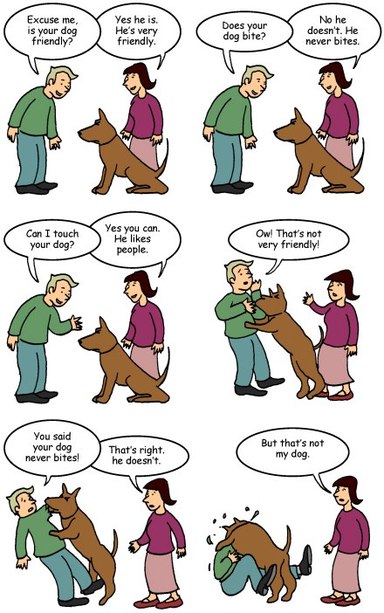 Image Source: www.ESLjokes.net
Image Source: www.ESLjokes.net In this comic, you'll see lots of AUXILIARY VERBS, also known as HELPING VERBS. These verbs provide extra information about a subject.
Below are examples of auxiliary verbs:
am, is, are, was, were, being, been, does, do, did, has, have, had, having, can, could, may, might, must, ought to, shall, should, will, would
When answering a question with Yes or No, it is considered much more polite to answer using auxiliary verbs than simply saying, "yes" or "no."
In this image, there are many examples of auxiliary verbs being used to answer the question, for example, "Yes, he is," " No, he doesn't."
You will also notice that auxiliary verbs are used when a question is being asked, for example, Can I touch your dog? Does your dog bite?
This is the form for a simple question sentence using an auxiliary:
Auxiliary + subject + main verb + other ?
Take a look at some more examples of auxiliary verbs used in questions and how to answer using the verbs in positive and negative short answers:
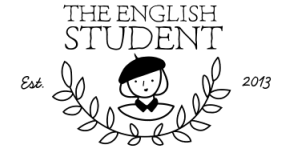
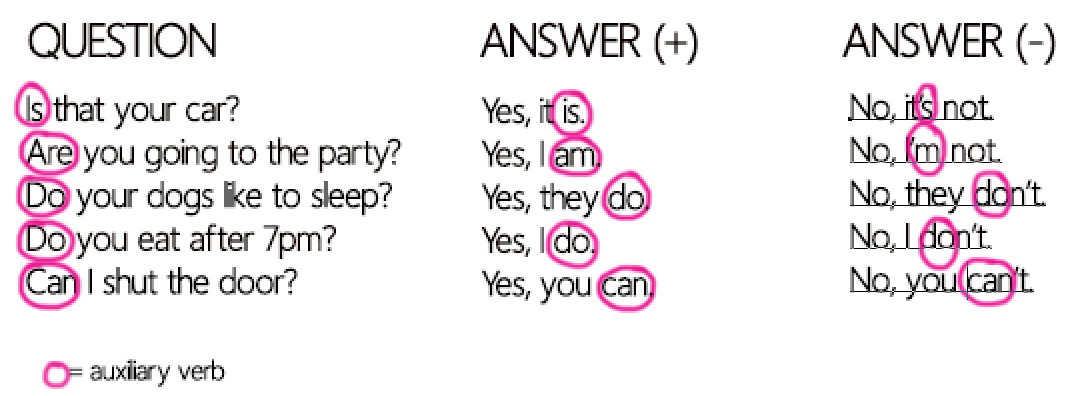

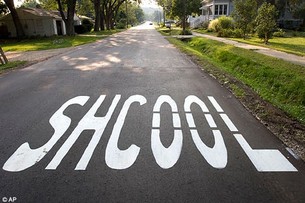
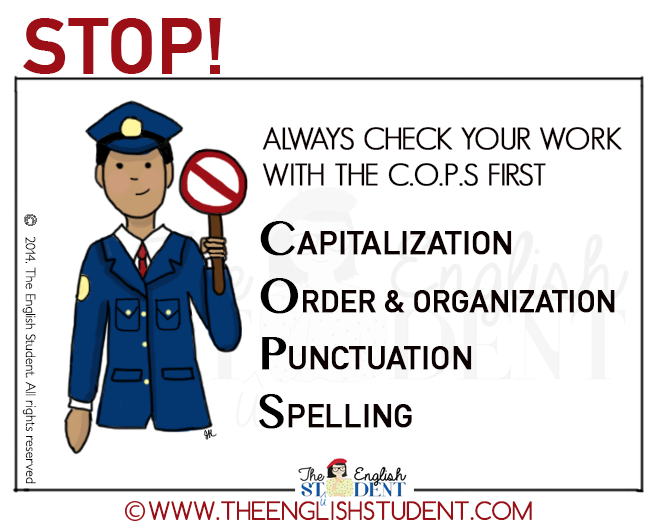
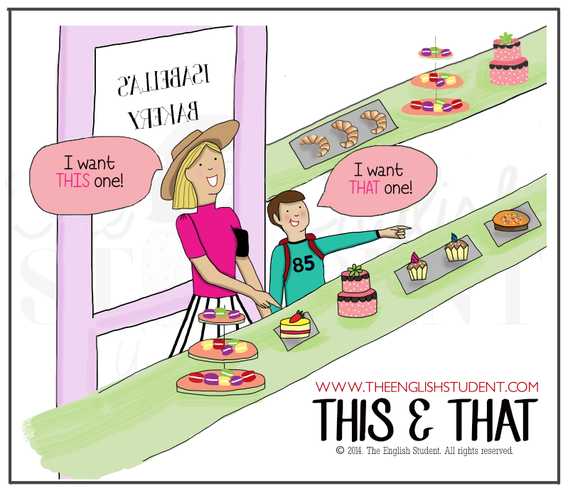
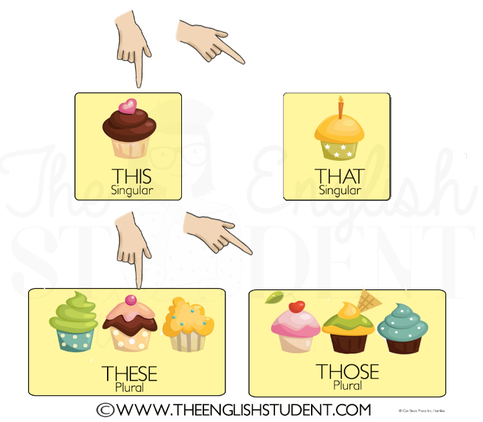
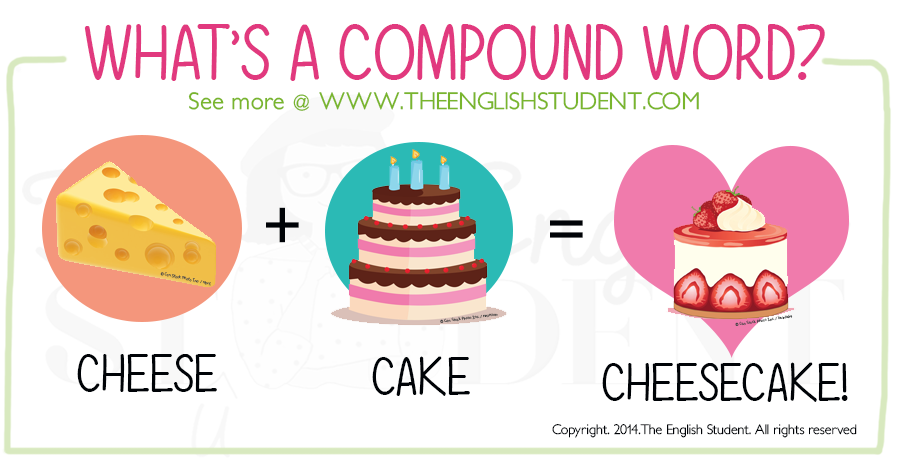

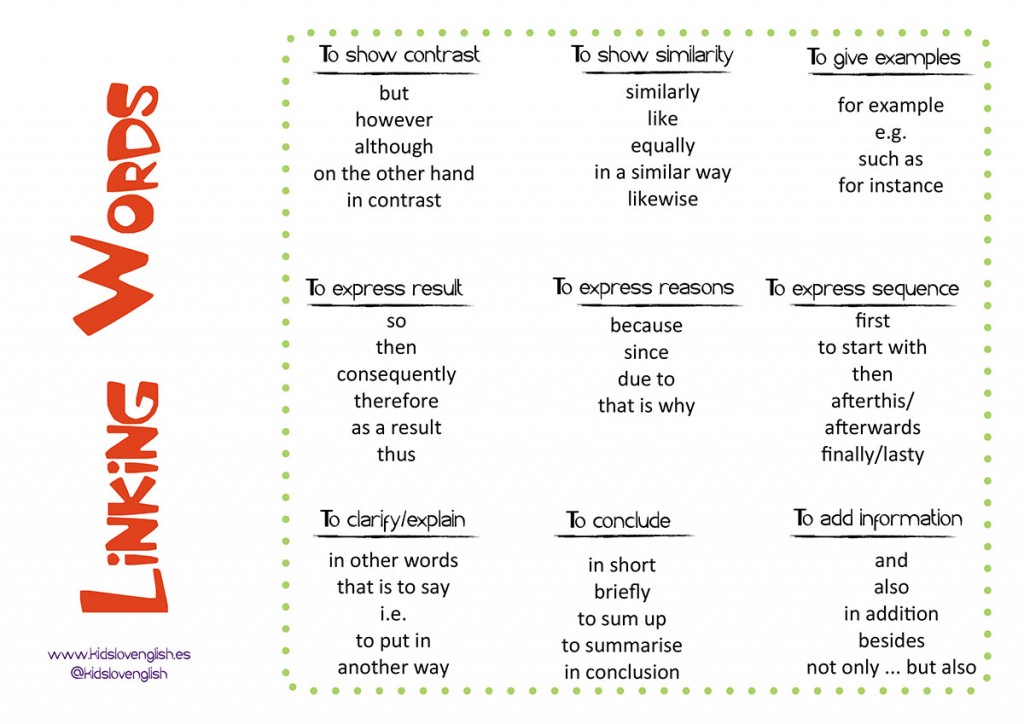
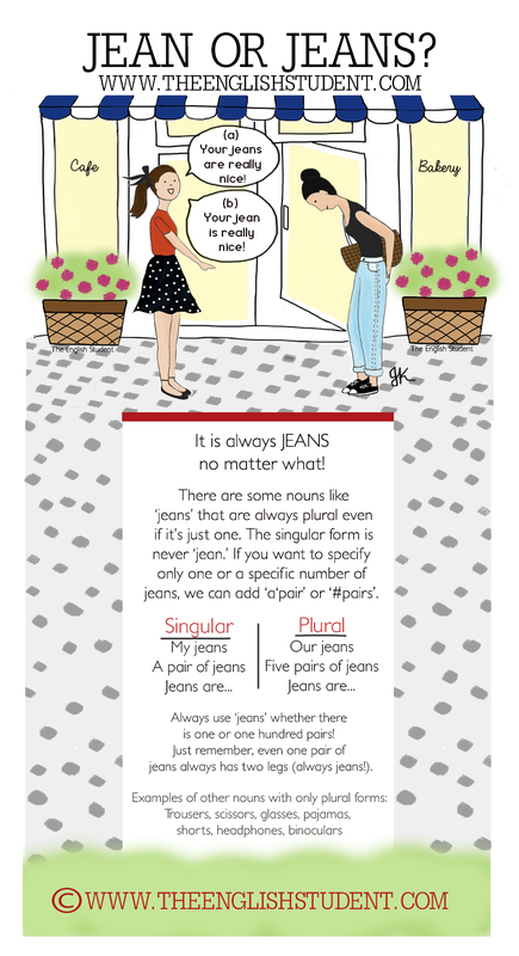






 RSS Feed
RSS Feed
